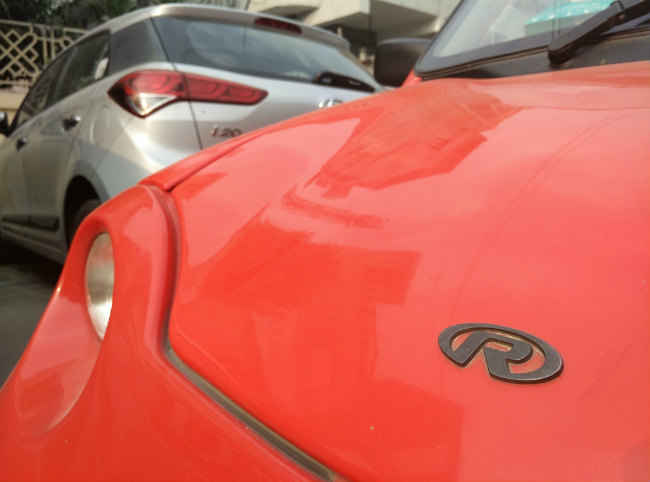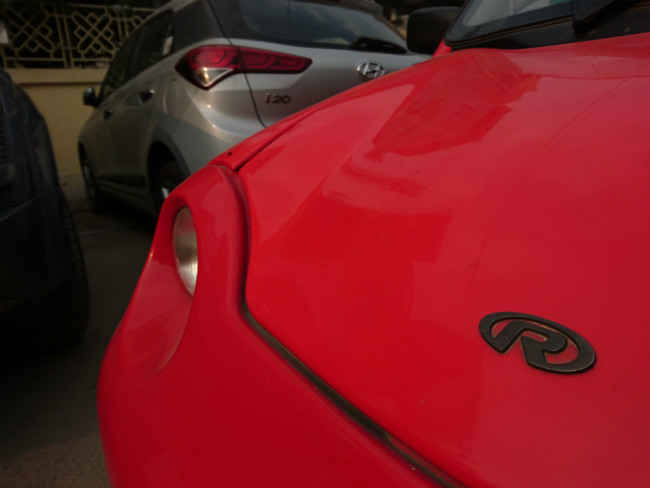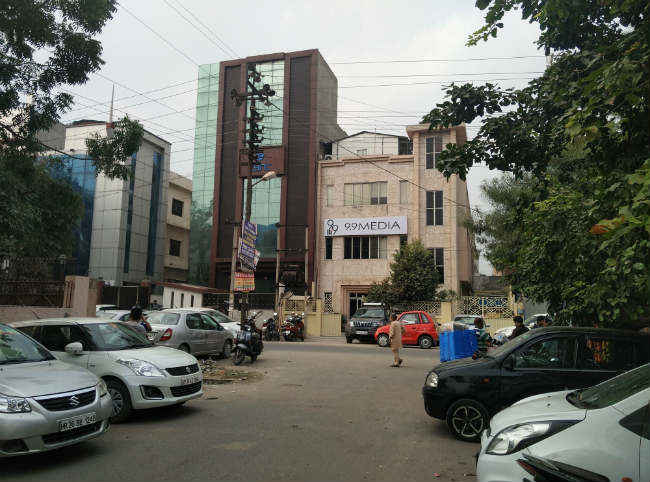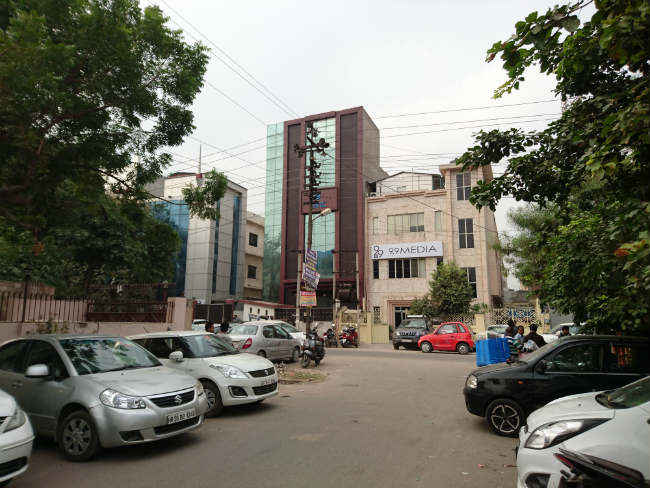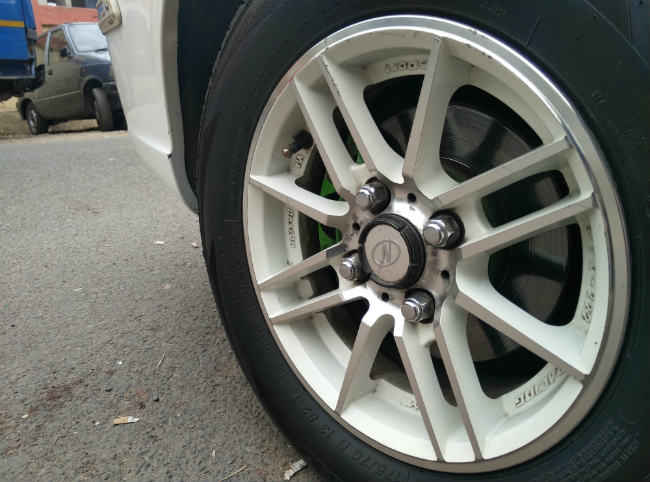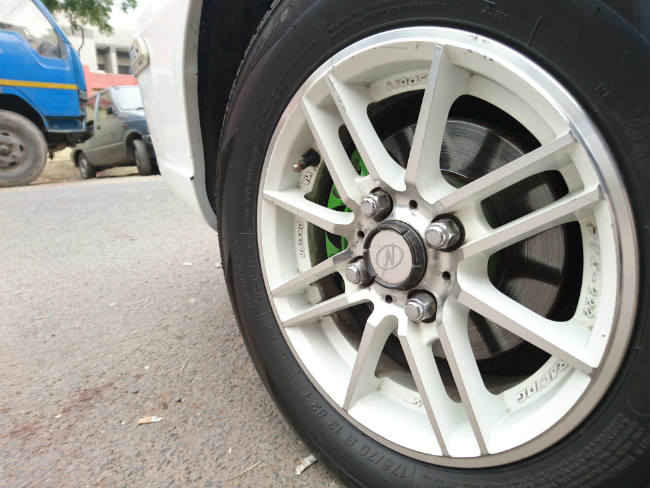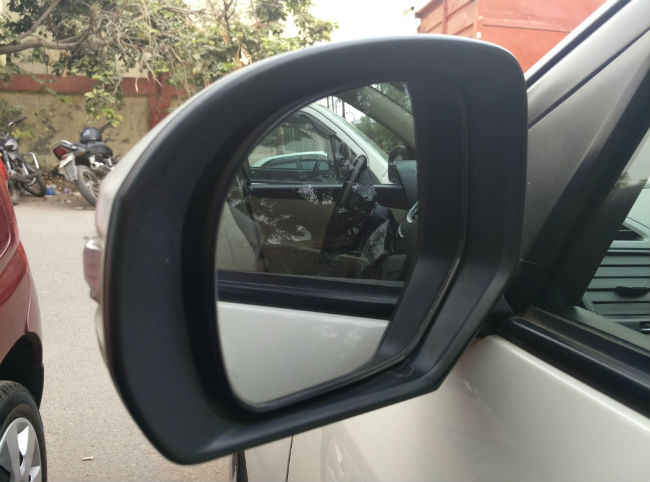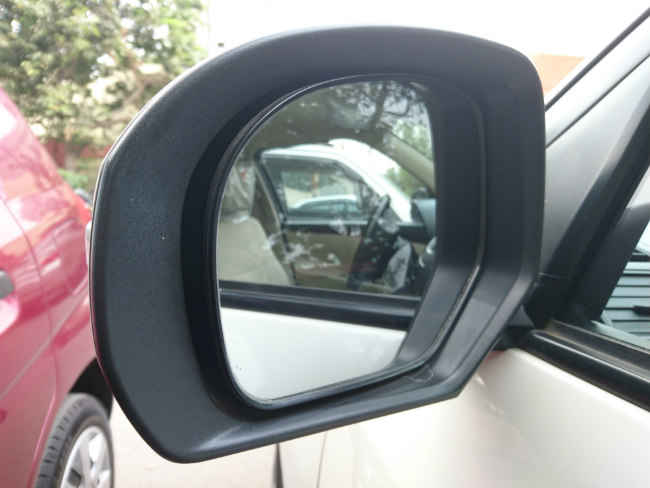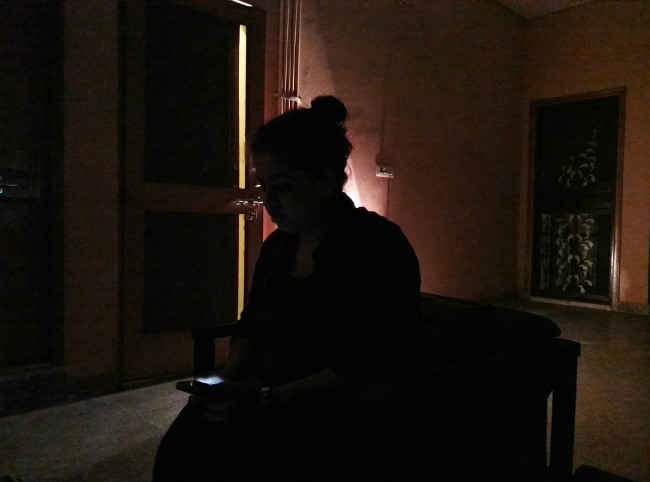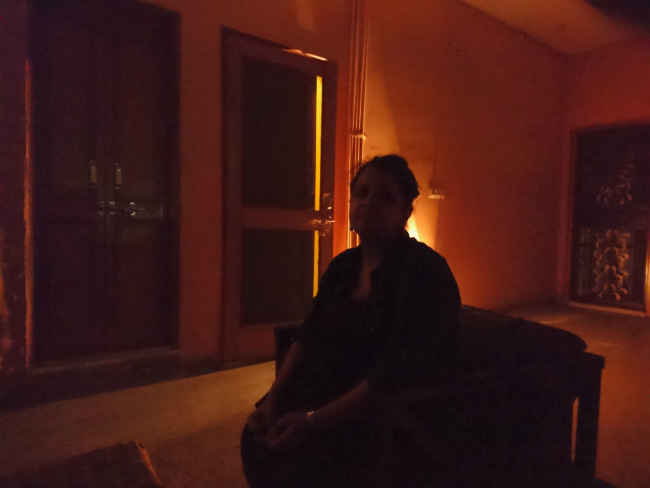Reviewed: The dual 13MP cam on the Qiku Q Terra smartphone
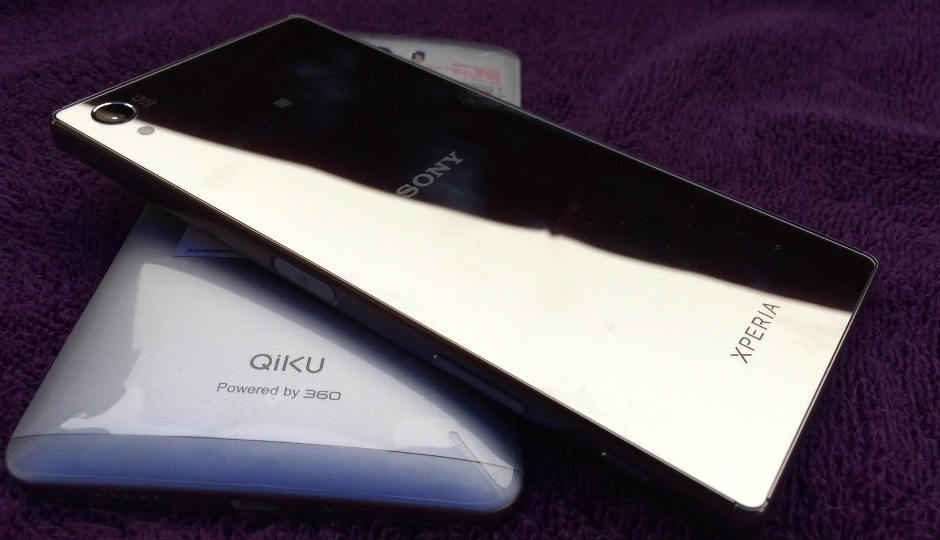
The Qiku Q Terra has a dual-13MP camera setup — one to capture the image’s colours, and the other black and white, to render high contrast and details
The Qiku Q Terra is about to enter the Indian market, and has the potential to make a lot of noise in the smartphone-crazy market. To begin with, it has a huge display which looks bright and crisp, a light and friendly UI which is actually very easy on resources, and a dual-13MP setup. This is an interesting aspect – one camera is powered by the Sony IMX278 sensor, which captures the normal image, and the other one is a Sony IMX214 sensor, which captures the same image in black and white. The image signal processor of the Q Terra then processes the two into one, giving photographs more depth, contrast and accuracy of colours. While this is a well-thought-out technology to innovate in the smartphone photography space, we took it around to see how it actually performs, in comparison to the Sony Xperia Z5 Premium, which is powered by possibly the best image sensor in the market today – the Exmor RS Mobile.
Image taken by Qiku Q Terra
Image taken by Sony Xperia Z5
Image taken by Qiku Q Terra
Image taken by Sony Xperia Z5
Image taken by Qiku Q Terra
Image taken by Sony Xperia Z5
Image taken by Qiku Q Terra
Image taken by Sony Xperia Z5
Image taken by Qiku Q Terra
Image taken by Sony Xperia Z5
While the Sony Xperia Z5 Premium makes images look brighter, the colours are oversaturated. Meanwhile, the Qiku Q Terra renders crisp images with deeper colours and higher contrast levels, while keeping colours true to source. Additionally, the camera focuses and clicks images in almost half the time taken by the Xperia Z5 Premium. Under tungsten light, the Qiku Q Terra balances the lighting condition and retains shadows in the image, while the Xperia Z5 Premium completely oversaturates the mis-en-scene. In the complete darkness situation with a singular 30W bulb source, the Q Terra managed to keep source flare in check, taking a flatter image from which details can still be made out. For the Xperia Z5 Premium, the image is flared up, and everything around is completely blurred.
The Qiku Q Terra takes images keeping real details intact, with more colour depth, and particularly, shadows. Shooting against the sky will also render the clouds for you to see. An excellent piece of optimisation which brings this camera unit right up the ranks with the Samsung Galaxy Note 5 and the iPhone 6s, the Q Terra also has a number of other new features that optimise its performance well. For instance, the App Freezer will freeze background apps and disable them from utilising processing power and memory resources, thereby enabling smoother performance. Coupled with the light UI, and in any given time (with Camera, Photos and Facebook switched on) I found only 1.08GB of RAM being used, out of 3GB. While idle, the Q Terra leaves almost 2.3GB of RAM free.
With an innovative camera module, fast performance, zippy interface, and reportedly the highest front-to-screen area, the Q Terra has the potential to be a success, particularly standing up to flagship killers like OnePlus 2 and Honor 7.
Note: Images in both the smartphones were clicked in Auto modes, with HDR on.

